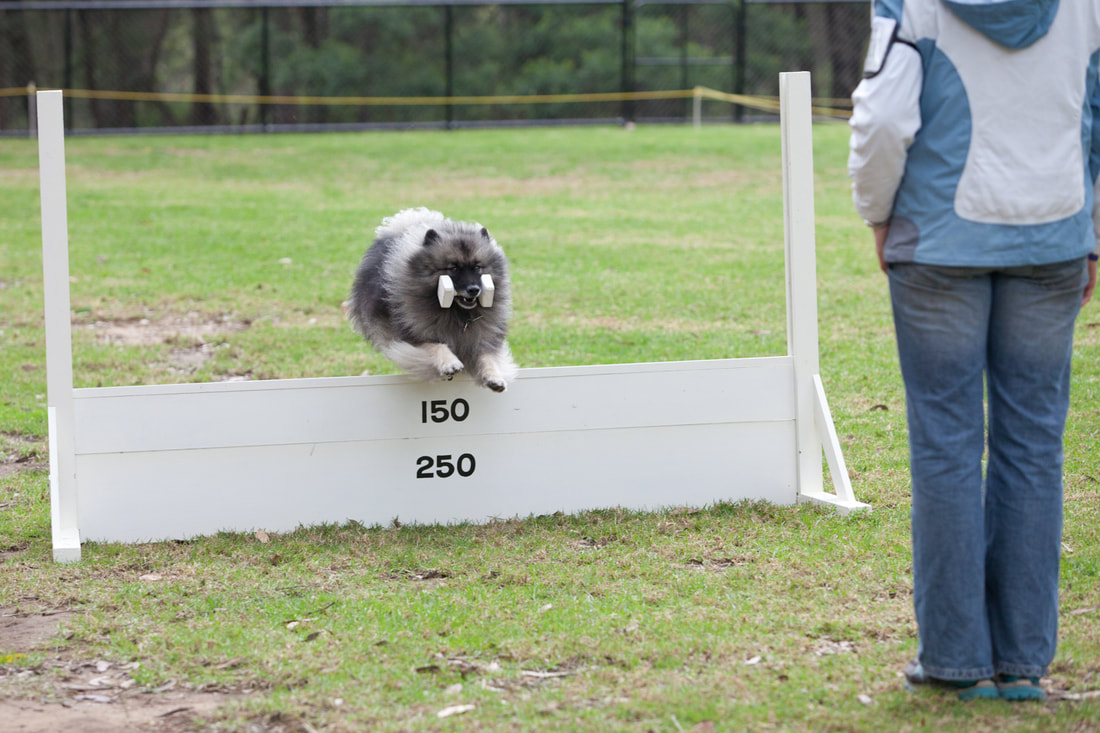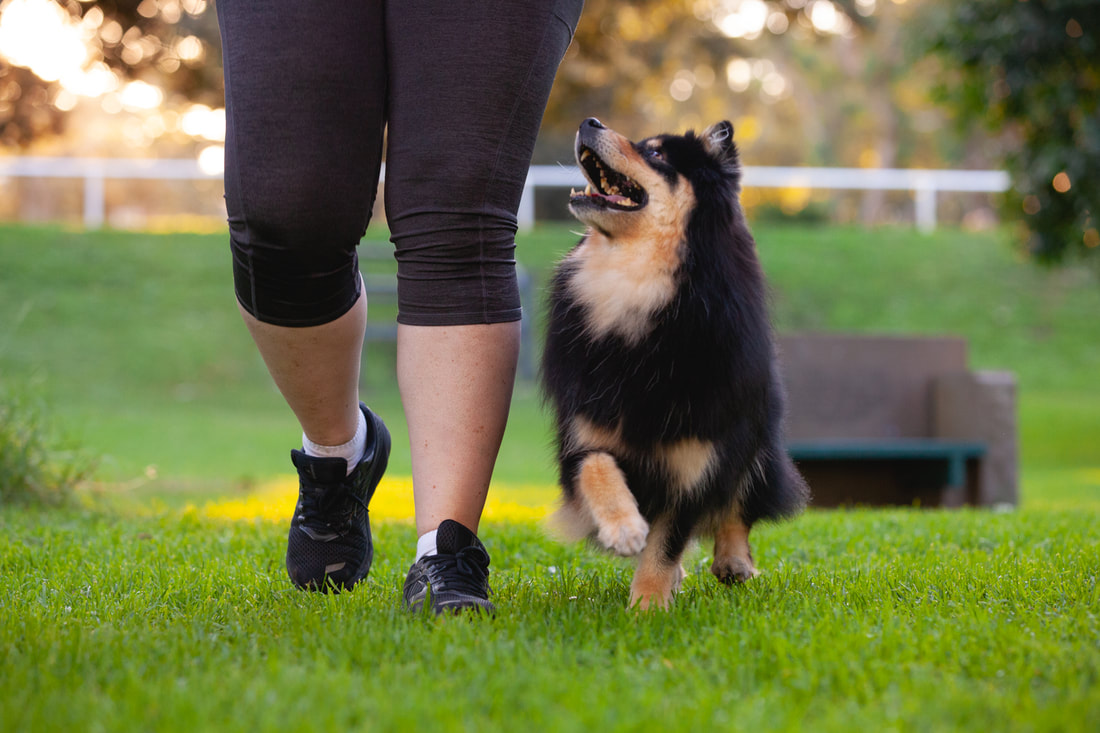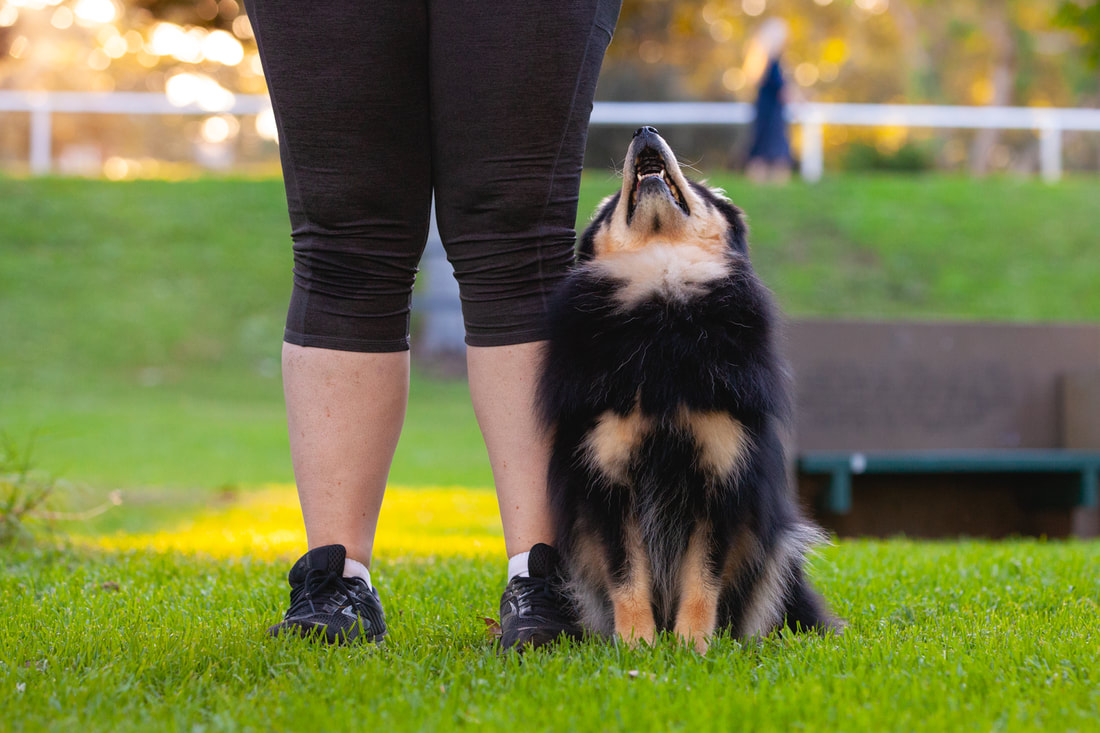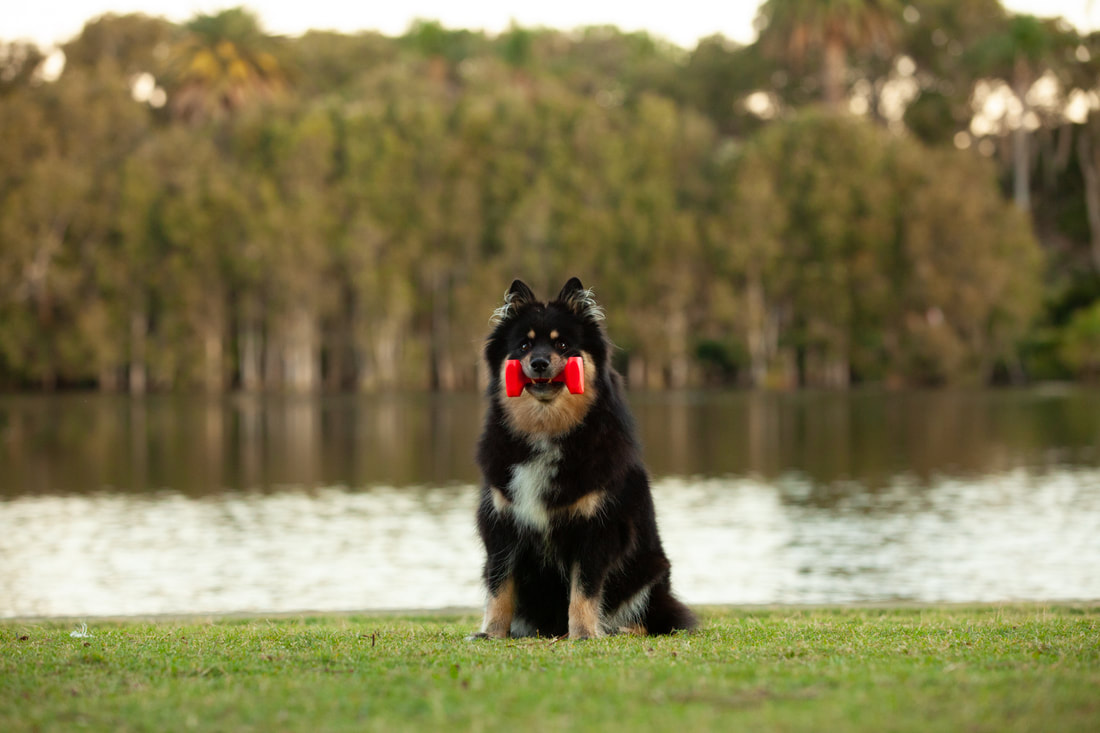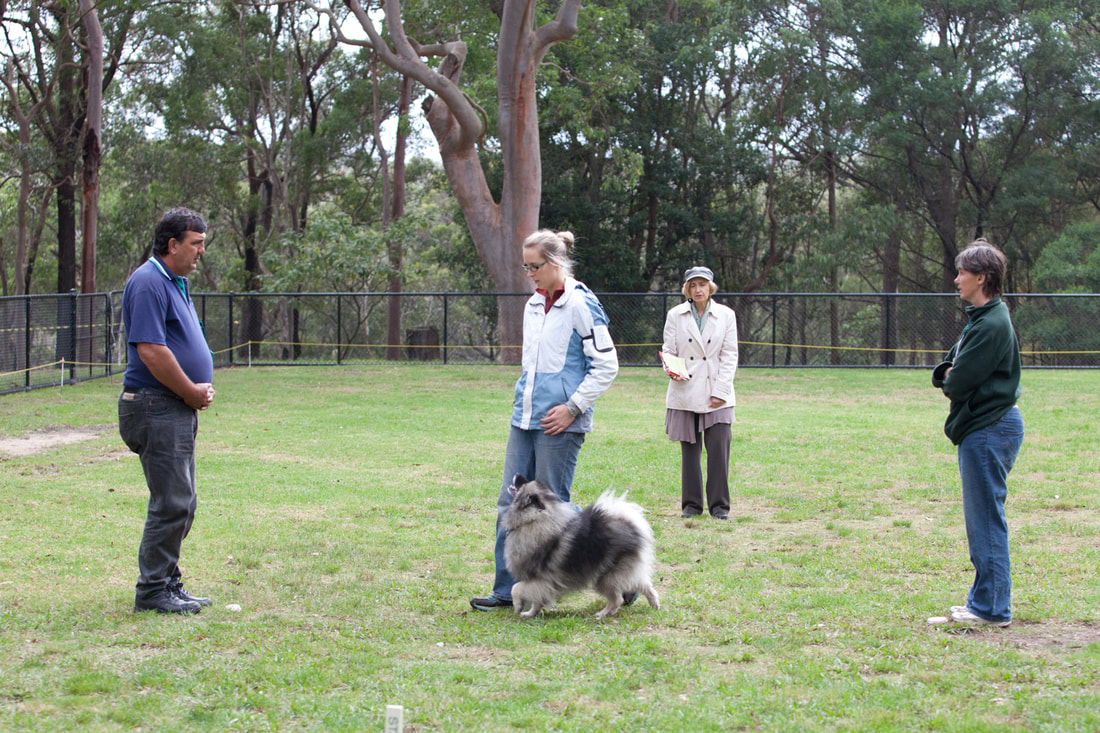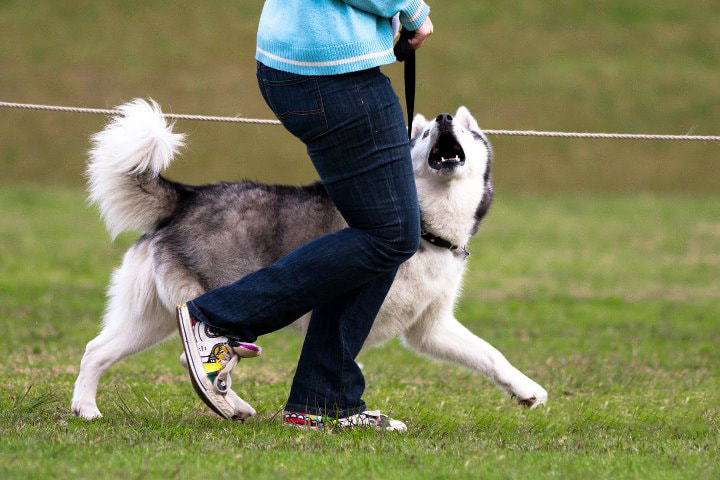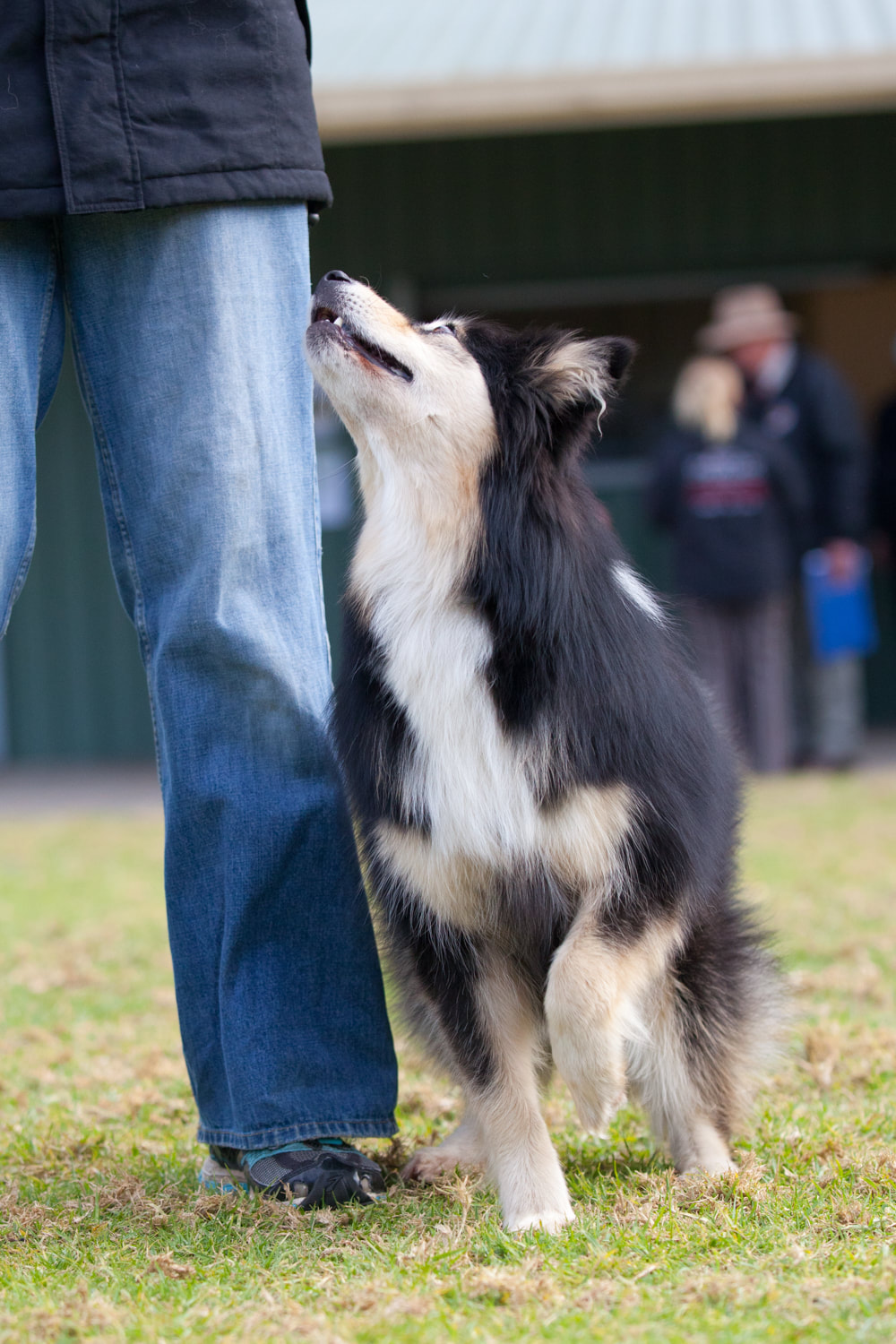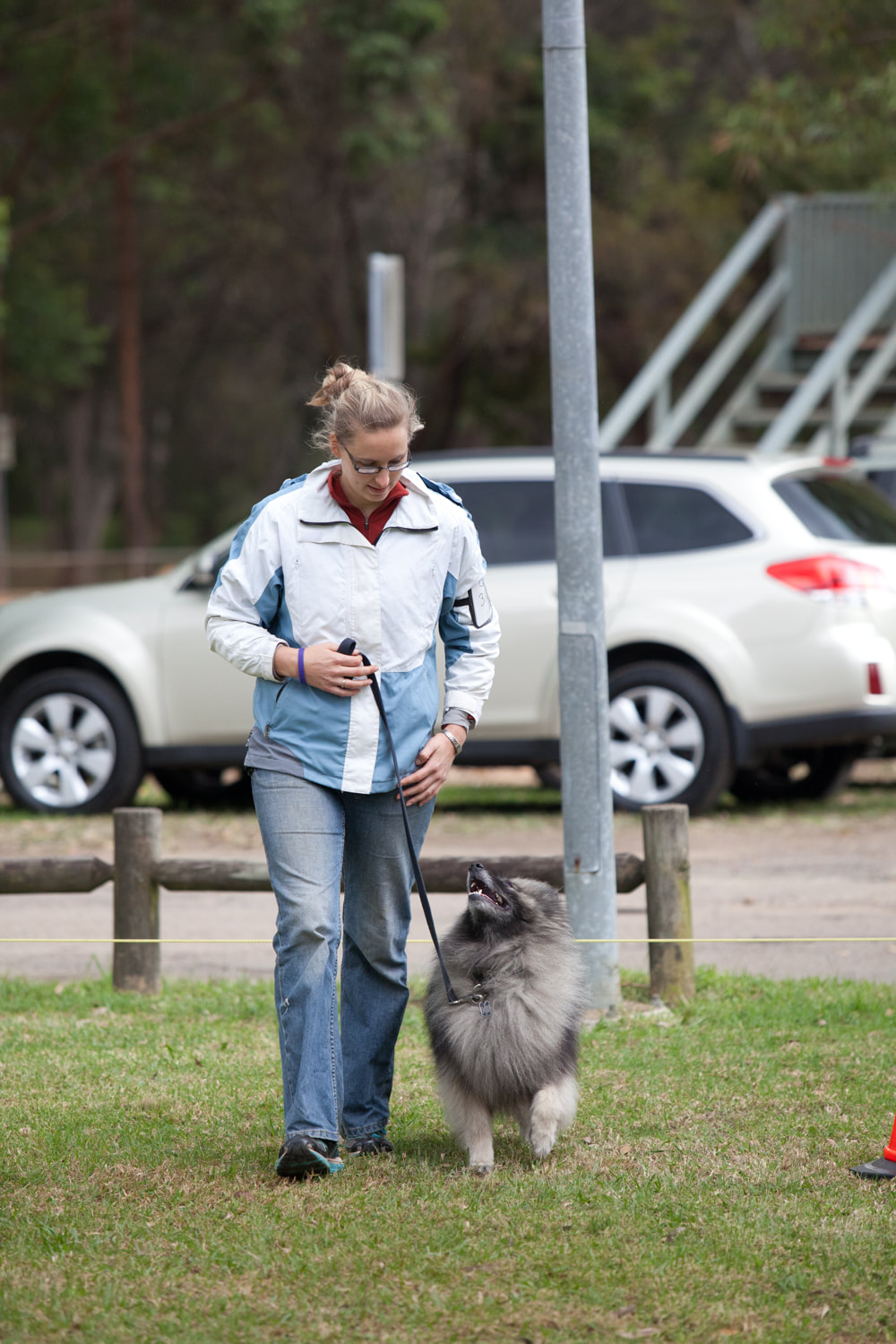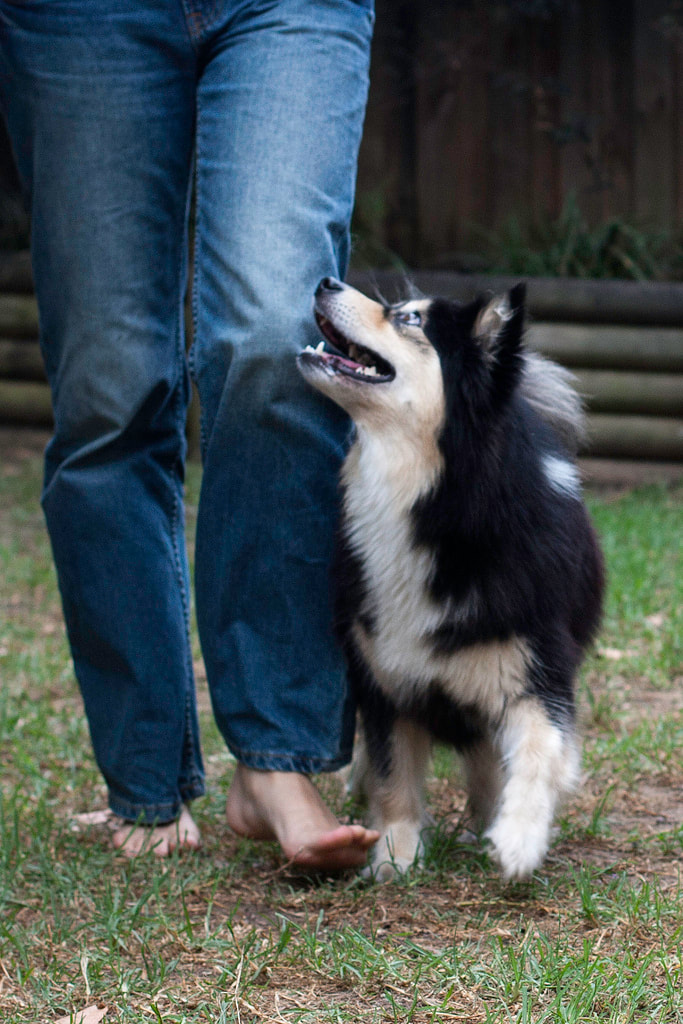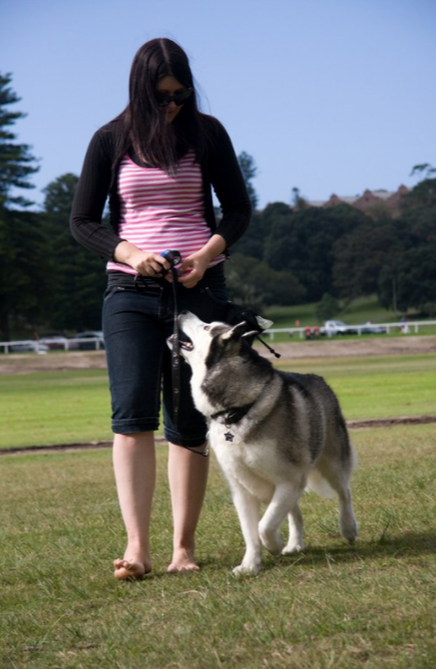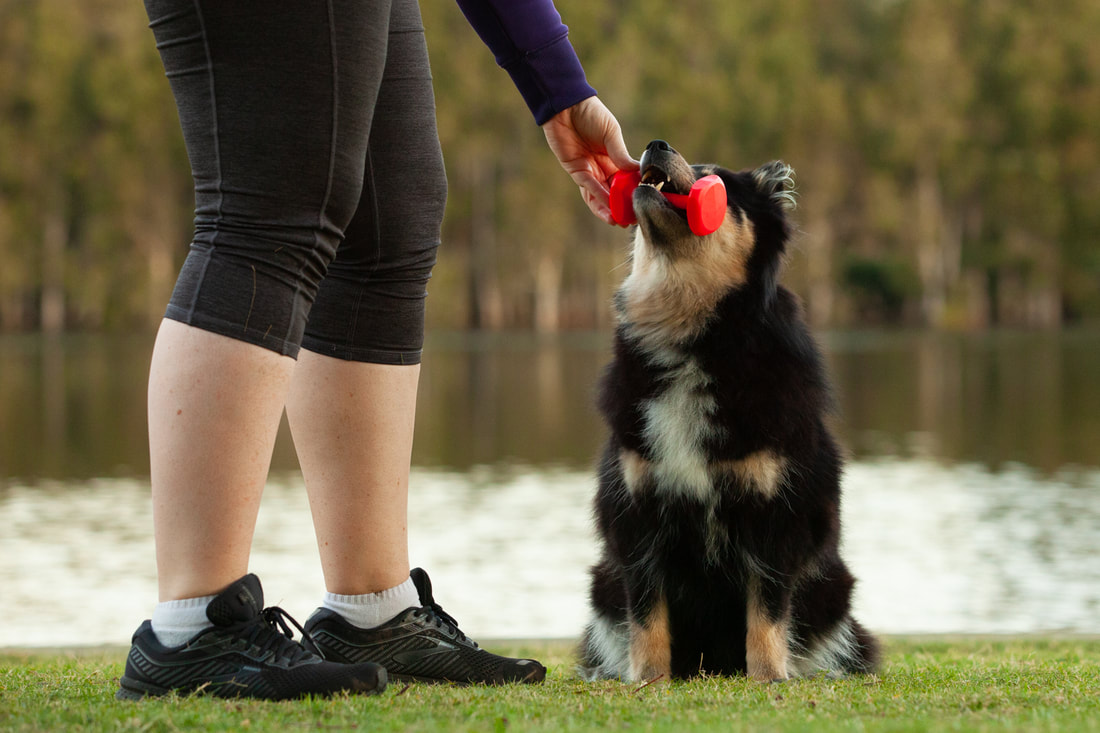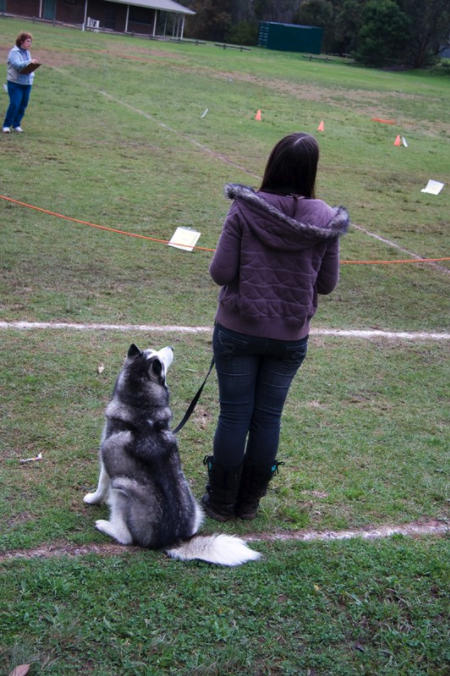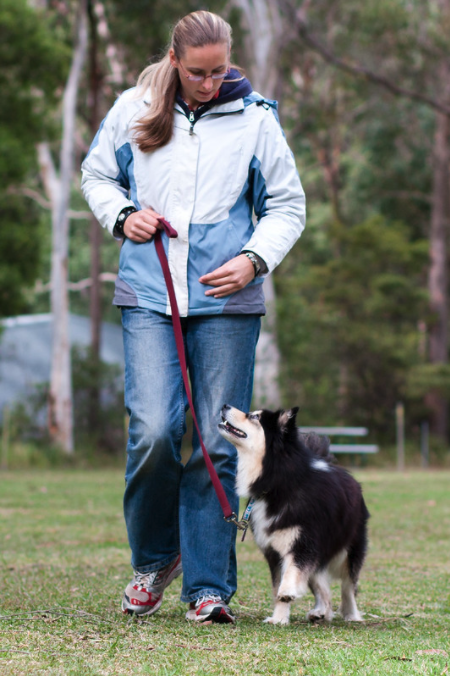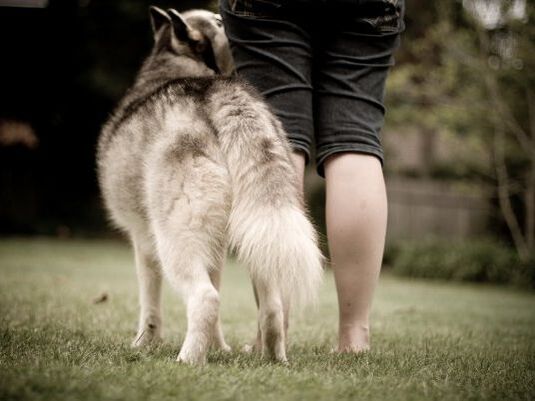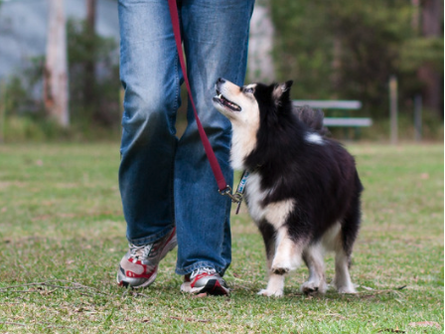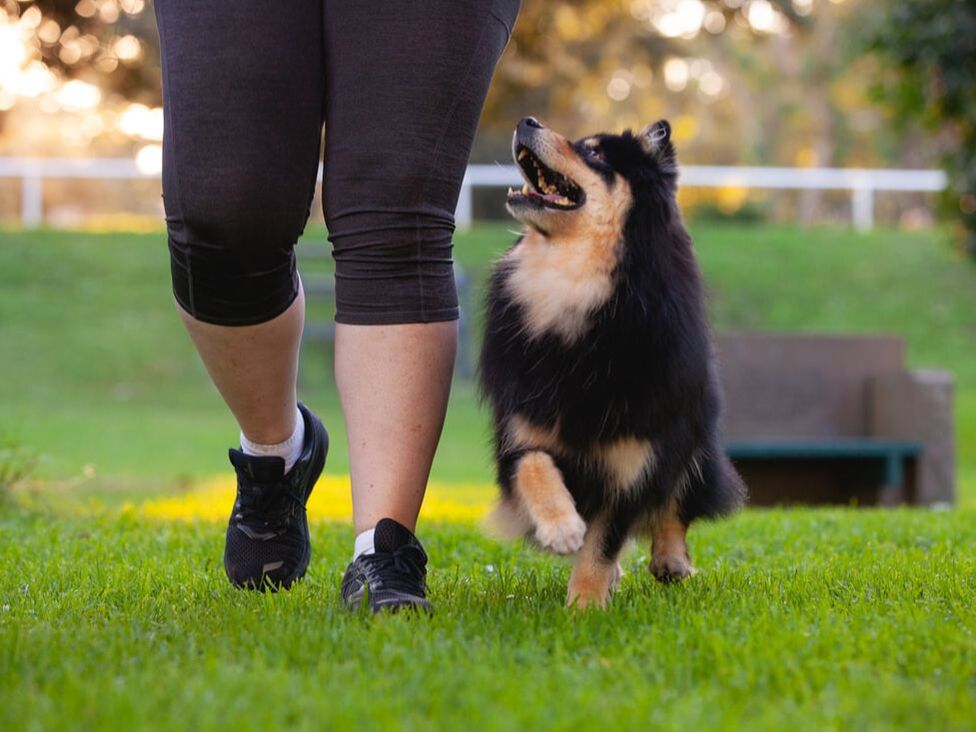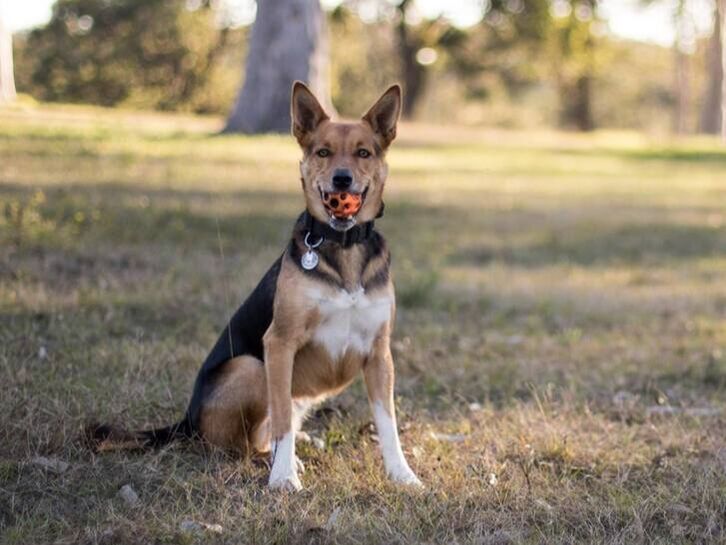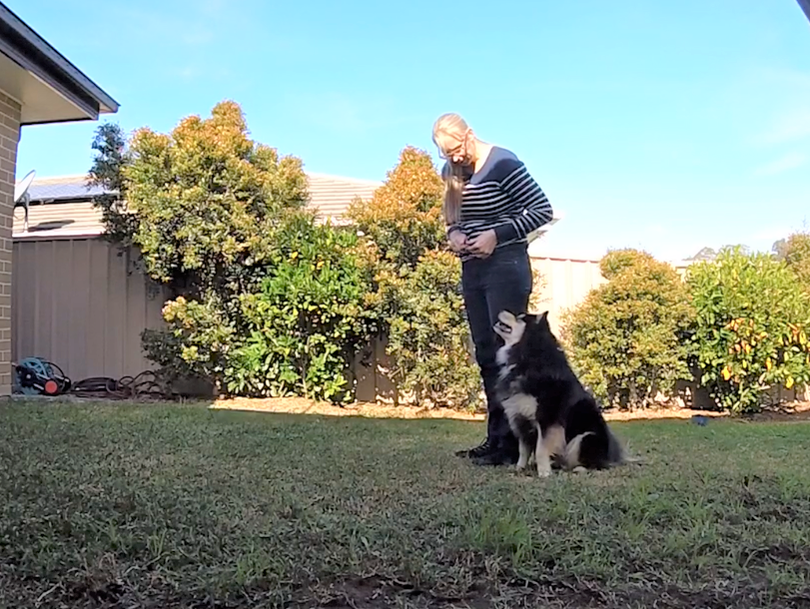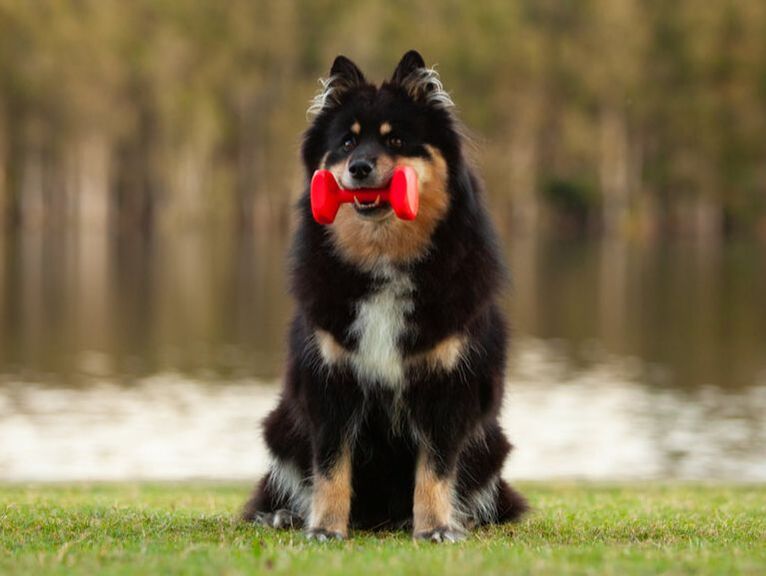What is obedience?Most new pet parents will take their puppy or older dog to some kind of obedience training, whether that's puppy preschool, a professional trainer or an obedience club. Competition obedience takes the skills learned in those lessons to a whole new level and puts dogs to the test to find out how good a companion they are, in exercises based on real life scenarios, without rewards.
Dogs are tested on how well they respond to commands and how precise they are while they do them. Each exercise tests a different skill which get harder as they move up through the levels. They go from being relatively simple tasks - some heel work, changes of position (sits, drops and stands), and recalls - all the way up to dogs having to do super complex exercises like a seek-back (finding an article that the handler has dropped), scent discrimination, retrieves over jumps and very long stays without their owner in sight. Obedience is something that all dogs should train in whether they are much loved pets, high-end performance dogs or anything in between. |
Quick Facts
|
Training level required: ☆☆☆☆ (hard)
Training type: obedience club/at home Equipment cost: $ (inexpensive) |
Overseeing body: Australian National Kennel Council
Minimum age for competition: 6 months Breed restrictions: None! Open to all breeds |
What equipment do I need?Obedience is one of the few sports where there is very little equipment needed to train the exercises at home. There are training aids that can help you teach certain behaviours but to enter the ring in the first level, Community Companion Dog (CCD) you will only need a flat collar, lead and an exhibitor number holder to put on your arm.
The majority of the training aids and equipment you might want to purchase as you move up through the levels can be easily bought and are relatively inexpensive. There are lots of DIY equipment tutorials to be found online and often, equipment can be bought second hand through clubs and dedicated Facebook groups. |
How much training is needed?Obedience is one of the harder dog sports to compete in because it was the first recognised sport and is steeped in a lot of history. It requires a seriously high level of training for the dog to have the reward history it needs to go into the ring without any physical rewards (food or a tug toy) and perform perfectly. Handlers are restricted in what they are allowed to say to the dog and do with their body during the exercises. If a handler has to repeat a cue, encourage the dog along, or tries to give the dog some help with their body (moving themselves into the correct position if the dog is out of place for example), they will lose points. If they lose enough points, or have to give the cue several times, they can be disqualified.
That being said, obedience judges make allowances for new dogs and handlers in the lower levels, and become stricter as they progress through the classes. |
Titles
There are seven ANKC obedience titles dogs can achieve. The first five of these appear after the dog's name on their pedigree and are achieved by earning three qualifications under at least two different judges in their respective classes, but the final two - the Obedience Champion (O.Ch), and Obedience Grand Champion (Gr.O.Ch) - appear before the dog's name and are achieved by earning further qualifications in the highest levels. For Obedience Champion, this either involves the dog gaining a further five qualifications in UD (under at least 3 different judges) with a score of 185 or higher after they have achieved their UD title OR by gaining a further two qualifications in UDX (under two different judges) with a score of 185 or higher after they have achieved their UDX title. The Obedience Grand Championship requires the dog to have gained both its UDX and O.Ch titles and then gain a further 5 qualifying scores of 185 points or higher in UDX under at least 3 different judges.
Only the highest title the dog has achieved is included in their registered name - if dog gains their CCD and CD titles, only the CD title will appear on their name. The titles, in order are:
Only the highest title the dog has achieved is included in their registered name - if dog gains their CCD and CD titles, only the CD title will appear on their name. The titles, in order are:
|
|
The first level of competition
CCD or NoviceObedience has two possible entries into competition. the first, CCD is relatively new in the obedience world, and isn't compulsory. Some dogs skip this level to move straight into CD (novice). While the exercises are similar, the biggest difference between the two classes is that CCD is mostly performed on lead, while CD is entirely off lead. Both classes require dogs to complete:
|
|
|
NSW Breeder Identification Number: B000685661 | Victoria Source Number: EE102260
Dogs NSW Member Number: 2100088743 |
© Pawformance 2023
|

